Mercedes-Benz 500E – E’s Are Good
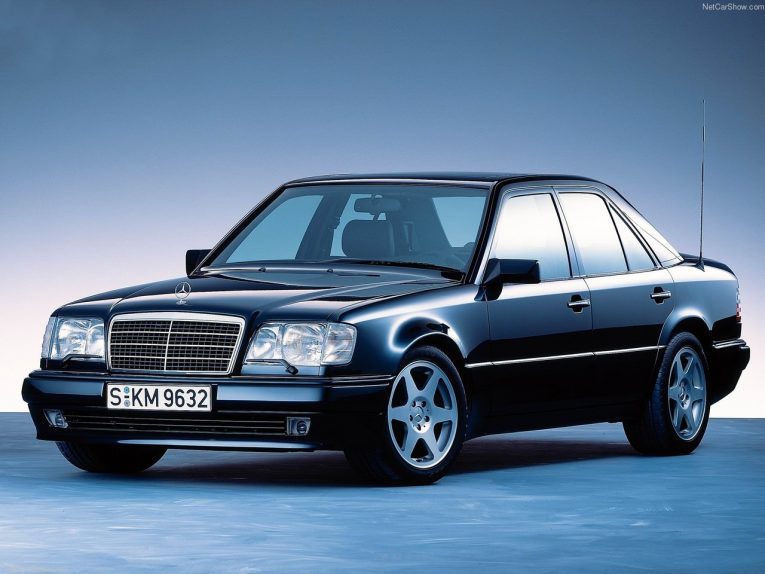
It’s no secret that we like a Mercedes-Benz W124. We have one ourselves. It may have come to us as a forgotten £100 wreck that, were it not for our interjection, would have been sent to the crusher. But now it’s been brought back from the brink and is a rather lovely place to be. We’ve been piling the miles on the old Benz recently, as it’s been promoted to everyday transport. And not once has it skipped a beat. The W124 comes from an era in the history of Mercedes-Benz that was rich in quality and craftsmanship. Sit in ours, for example, and you would have no idea it has covered over 200,000 miles. It’s as fresh as a daisy in there. And this is just a hum-drum four-cylinder car. What, we wonder, would a more powerful, better appointed one be like? Well, we need not wonder, because such a car exists. At first glance, the 500E could be mistaken for any other W124, but on closer inspection it becomes clear that this car is something else. It could be one of the most criminally overlooked cars of its time.
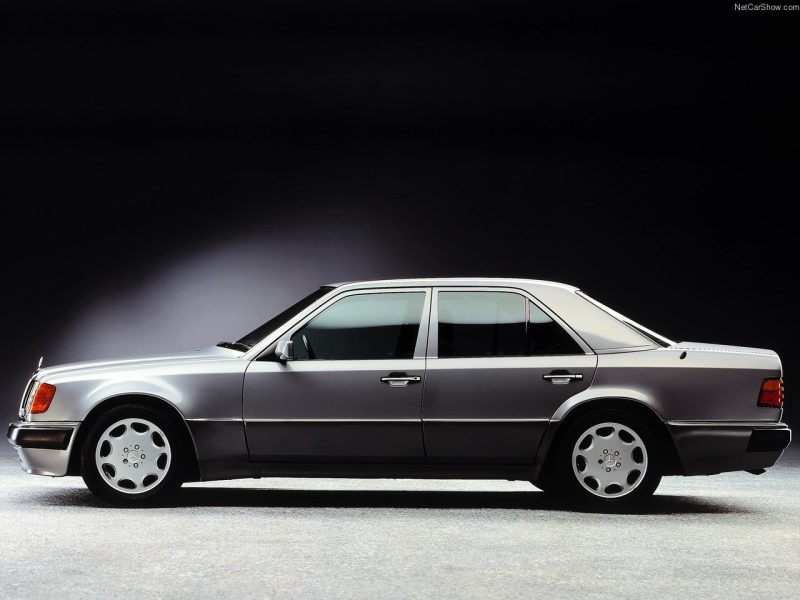
The 500E was a project developed by Mercedes-Benz, obviously. What’s less obvious however, is that fact the final assembly was carried out by none other than Porsche. As such, you can imagine that the coming together of these two brands meant there was no danger of releasing a sub-par product.
Mercedes-Benz wanted something powerful, something bespoke, it wanted a car that made a statement without, ironically, shouting about it. This car was to be the epitome of luxury, it was to be the flagship car for the W124 range and it was to be the gatekeeper to ludicrous power. The W124 was the perfect car on which to base this project. Not only did it represent the most modern and technically advanced aspects of Mercedes-Benz design, it had also given its chassis design to the smaller R129. The R129 was of course a small roadster. However, the R129 was powered not just by inline engines, but also by those of a V formation. The most important being the V8.
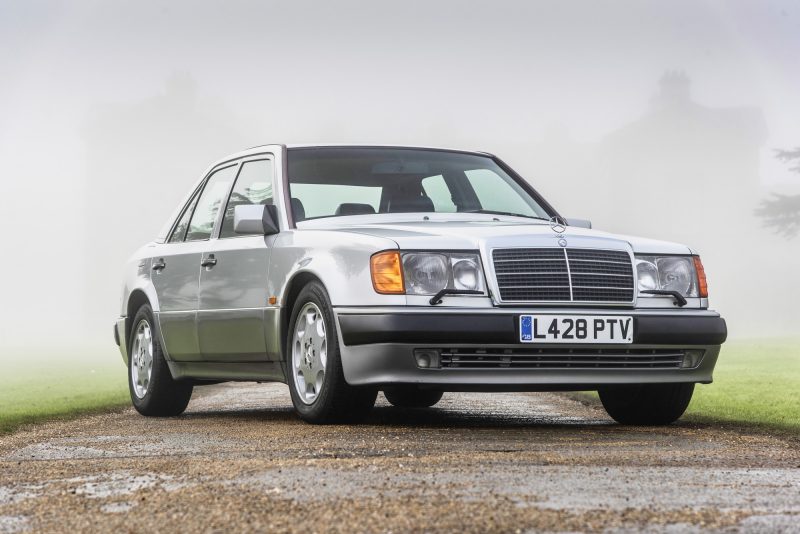
This meant Mercedes-Benz engineers could fit a V8 into the W124. Hands were gleefully rubbed together, plans were formed and the 5.0 V8 from the SL was plucked. This engine was clever in and of itself. Known as the ‘standard deck’ engine, it utilised the same crankcase as the 4.2 V8. The extra 800cc was made up via shorter con-rods. The result was an engine that sat some 16.5mm shorter than the first-generation 5.0. Early cars had Bosch KE fuel injection (though post ‘93 cars had LH Jetronic fuel injection, again from Bosch). The engine in the early cars, which was naturally-aspirated we should point out, produced some 326hp via a bulletproof four-speed automatic transmission delivering the grunt to the rear wheels. It was, to say the very least, ‘nippy’. 0-62mph was devoured in 6.1 seconds, after which the 500E would go on to a limited top speed of 155mph.
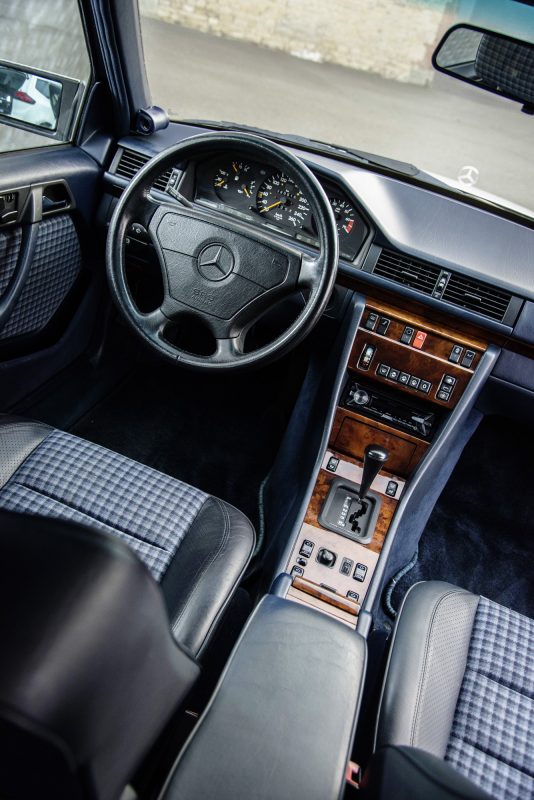
Of course, as we alluded to earlier, the 500E wasn’t entirely the work of Mercedes-Benz. In the late 1980s, fellow German carmaker, Porsche, wasn’t in a good position. The 911 was an old design, the uptake on the 928 and 944 was slow and the 924, while decent, wasn’t ‘Porsche’ enough. Mercedes-Benz, however, was in no way struggling. In fact, its designers and engineers were being kept busy with the development of the W140 S Class. However, this created a problem. If they were busy on that, who would build the 500E? Well, Porsche, that’s who.
Porsche didn’t just build the car though, it also got involved with the development and the engineering side of things. That wide track, the engine position, the handling dynamics – they weren’t just the work of Benz. Porsche had a hand in it, too. Porsche also built the 500E at its Zuffenhausen facility. Parts and complete, painted body shells with flared arches and deep-spoilered body kits were delivered here. Porsche would build them, fit engines, test them and then the cars would be sent back for final inspection and sign-off by Mercedes-Benz. It was a relationship that just… worked. Porsche was glad of the work, while Mercedes-Benz was happy it didn’t have to shelve the 500E project.
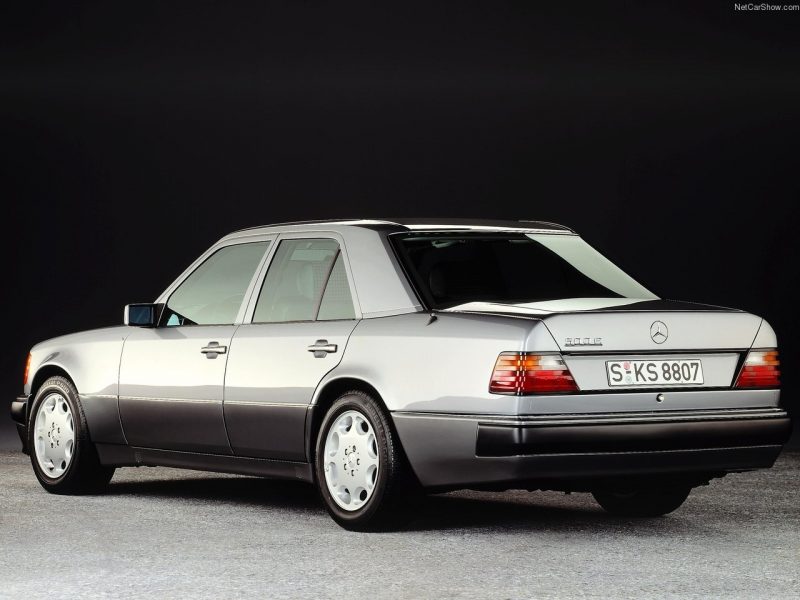
Inside the 500E, it was Mercedes-Benz business as usual. A solid, angular and well-built interior greeted the occupants, with lashings of wood, leather (all four seats were by Recaro) and electric everything. Performance may have been the goal, but so was luxury. This car had to embody the best of both worlds.
In 1993, the 500E received a face lift, and in turn became the E500. Prior, the E was a nod to ‘einspritzer’ which is German for injection. However, the E in E500 was to denote the class of the car – as seen in the wider Mercedes range like the SL, S Class and G Class. The face lift also brought with it some subtle visual changes. Clear indicators, a new front grille (enclosed within the structure of the bonnet) and a new boot lid were the main changes. The 500E… sorry, the E500’s stocky, wide aesthetic remained though.
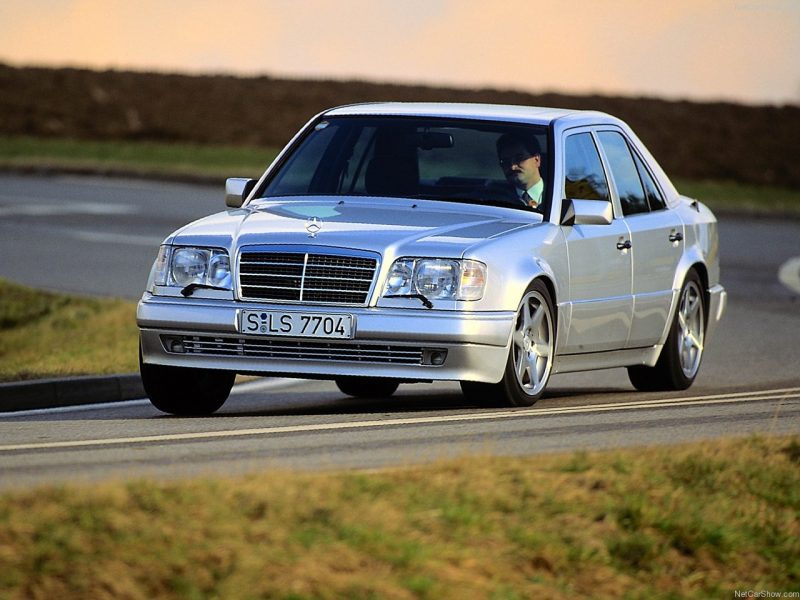
Some ten thousand E500 and 500E W124s were built, and for those who owned them, satisfaction was certain. The car was a triumph of design, of power, of luxury and of engineering. The car was so popular that after its official demise in the mid 1990s, Mercedes-Benz continued producing it on a small scale for key customers. They, and those before them, loved the car. However, it never found its way into our automotive consciousness in the way cars like the BMW M5 did. Perhaps the W124 500E was too restrained and too close to the ‘standard’ W124. Maybe it wasn’t pushed enough by the marketing people at Mercedes-Benz. We just don’t know.
What we do know is that the 500E/E500 exists today as one of those rare cars that carry a certain familiarity, but that have rich, interesting and exciting stories behind them. The 500E/E500 comes across not as a car built for profit or notoriety, but because some of the guys at Mercedes-Benz just wanted to build it. And because of that, there’s an appealing purity to it, an honesty if you will. It exists because someone from somewhere in Benz’s history wanted it to, not because a focus group needed it to. And that’s special.


